This weekend I had the good fortune of attending the Odawa Festival of Aboriginal Culture. I’d like to learn more about Canada’s Aboriginal cultures, so I jumped at a suggestion from a friend to attend with her and her family. (Everyone — Aboriginal and non-Aboriginal — is welcome at these events.)

One of the first things I learned is that Ottawa has a campground smack in the middle of the suburbs, and this is where the festival was held. It’s a really nice campground too! Each site is surrounded by trees to provide privacy, and there are public washroom blocks and a playground area for children. So if you have out-of-town friends stopping in to see you while they’re on a road trip this summer, this is definitely an affordable option.
The next thing I learned is that “Odawa” is “Ottawa” in native language and that there is also an Ottawa tribe. According to the Native Languages of America website, the Ottawa tribe is generally considered to be an offshoot of the Ojibwe tribe and that today, there are 15,000 Ottawas living in Michigan, Ontario, and Oklahoma. The Canadian Encyclopedia site, however, notes “that because the Ottawa tended to settle in mixed communities, it is difficult to state population figures. Many Ottawa descendants are identified as Ojibwa or Potawatomi.”
In speaking with some of the people who had booths at the festival, we were surprised to learn that some had travelled from as far Manitoulin Island, Northern Ontario. But this information, also from the Canadian Encyclopedia site, provided some clarity for me:
Ottawa (or Odawa) were an Algonquian-speaking people living north of the Huron people at the time of French penetration to the Upper Great Lakes. A tradition of the Ottawa, shared by the Ojibwa and Potawatomi, states that these 3 groups were once one people.
The Ottawa were closely tied to their Huron neighbours and, in fact, were a vital part of the so-called “Huron Trading Empire.” When Huronia was destroyed by the Iroquois in the mid-17th century, the Ottawa fled west. After 2 decades they were back on Manitoulin Island, but they continued to occupy settlements elsewhere on the shores of the Great Lakes.
I also figured out why I heard many people speaking French and why so many of the food tents offered poutine (my fave food!) in addition to fare considered more traditional such as buffalo and moose meat:
They located their principal settlements near the French fort at Michilimackinac, though many migrated to the Detroit area when the French built a fort there in 1701. During the final struggle for northeastern North America, the Ottawa supported the French.
The Pow Wow is the big draw forthe Odawa Festival, which is hosted by the Odawa Native Friendship Centre to celebrate Aboriginal culture (including Metis and Inuit). In my experience, the word “pow wow” is often used interchangeably in English as “meeting,” but the more comprehensive definition of a Pow Wow is a event where both Aboriginal and non-Aboriginal North-American people meet to dance, sing, socialize, and honor the Aboriginal culture.

This Wikipedia entry describes what takes place at the opening of a Pow Wow:
A pow-wow session begins with the Grand Entry and, in most cases, a prayer. The Eagle Staff leads the Grand Entry, followed by flags, then the dancers, while one of the host drums sings an opening song. This event is sacred in nature, some pow-wows do not allow filming or photography during this time, though others allow it.
If military veterans or active duty soldiers are present, they often carry the flags and eagle staffs. They are followed by the head dancers, then the remaining dancers usually enter the arena in a specific order: Men’s Traditional, Men’s Grass Dance, Men’s Fancy, Women’s Traditional, Women’s Jingle, and Women’s Fancy. Teens and small children then follow in the same order.
And this is exactly what happened at the Odawa Festival when we were there. The music for Pow Wow is provided by a group of performers who play large, specially designed drums made from moose raw-hide and sing traditional songs. The number of players on one drum may vary, but is usually at least four people. For me, this combination of beautiful, colourful costumes with drum beat is irresistibly captivating.
Yet, somehow, the children in our crew did not feel the same. They were extremely eager to continue exploring all of the craft tents. And really, it was hard to blame them.
Many thanks to the Odawa Native Friendship Centre and everyone we had a chance to meet and speak with for a WONDERFUL afternoon!
Photo credits: The two images of dances are courtesy of the Odawa Native Friendship Centre website.


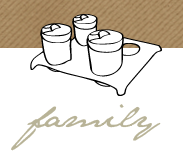
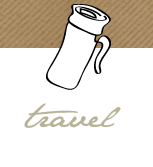


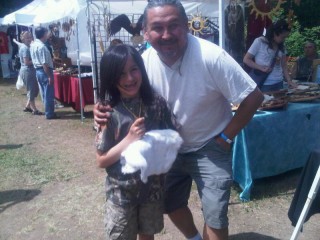
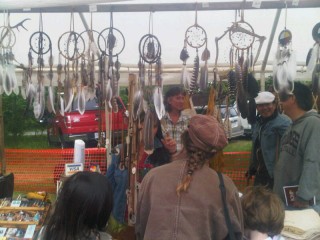





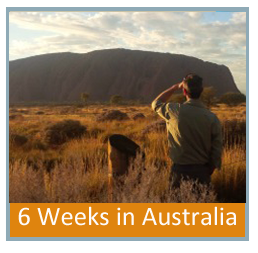
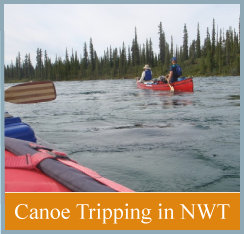

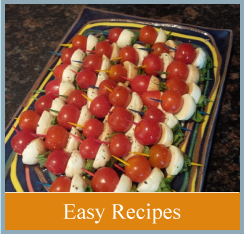
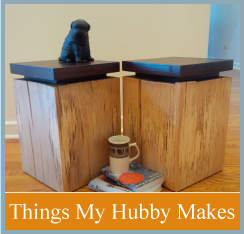
Speak Your Mind